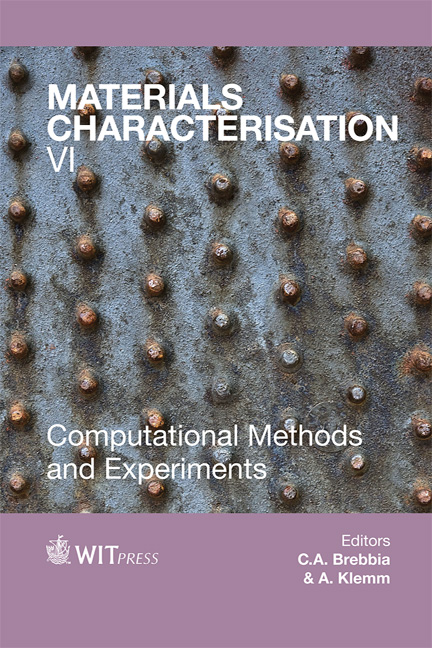Physisorption Of Molecular Hydrogen In Curved Carbon Nanomaterials: A Computational Study
Price
Free (open access)
Transaction
Volume
77
Pages
9
Page Range
149 - 157
Published
2013
Size
846 kb
Paper DOI
10.2495/MC130131
Copyright
WIT Press
Author(s)
D. J. Durbin, N. L. Allan & C. Malardier-Jugroot
Abstract
Hydrogen physisorption on carbon nanomaterials is a promising method of hydrogen storage because carbon materials are cheap, abundant and light weight. However, storage is difficult because dispersion forces between C and H are weak. Curved carbon substrates are more promising than planar systems because the increased level of sp3-hybridization enhances H2 physisorption. The present study uses density functional theory to model large fullerenes, single-walled carbon nanotubes and graphene to investigate the interaction with H2; decorating platinum is also considered. We conclude that H2 can be stored in fullerenes without an energy input if the H2 molecules are more than 3 Å from the carbon surface and more than 2 Å from each other. In addition, confinement effects are observed when hydrogen is stored in fullerenes rather than nanotubes – storage in nanotubes is more favourable for systems with small diameters. Keywords: hydrogen storage, curvature, confinement, fullerenes, carbon nanotubes, graphene, platinum, physisorption, fuel cells. 1 Introduction Hydrogen gas has high potential as a fuel in fuel cells vehicles because of its high gravimetric energy density; unfortunately, it also has a very low volumetric density. Compact and efficient storage techniques are required. Traditional methods of compression and liquefaction are inadequate because of their high cost and inability to achieve sufficient compression. Alternative storage methods of metal and non-metal hydrides and absorption to carbon substrates are all currently of considerable current interest [1–4].
Keywords
hydrogen storage, curvature, confinement, fullerenes, carbon nanotubes, graphene, platinum, physisorption, fuel cells





